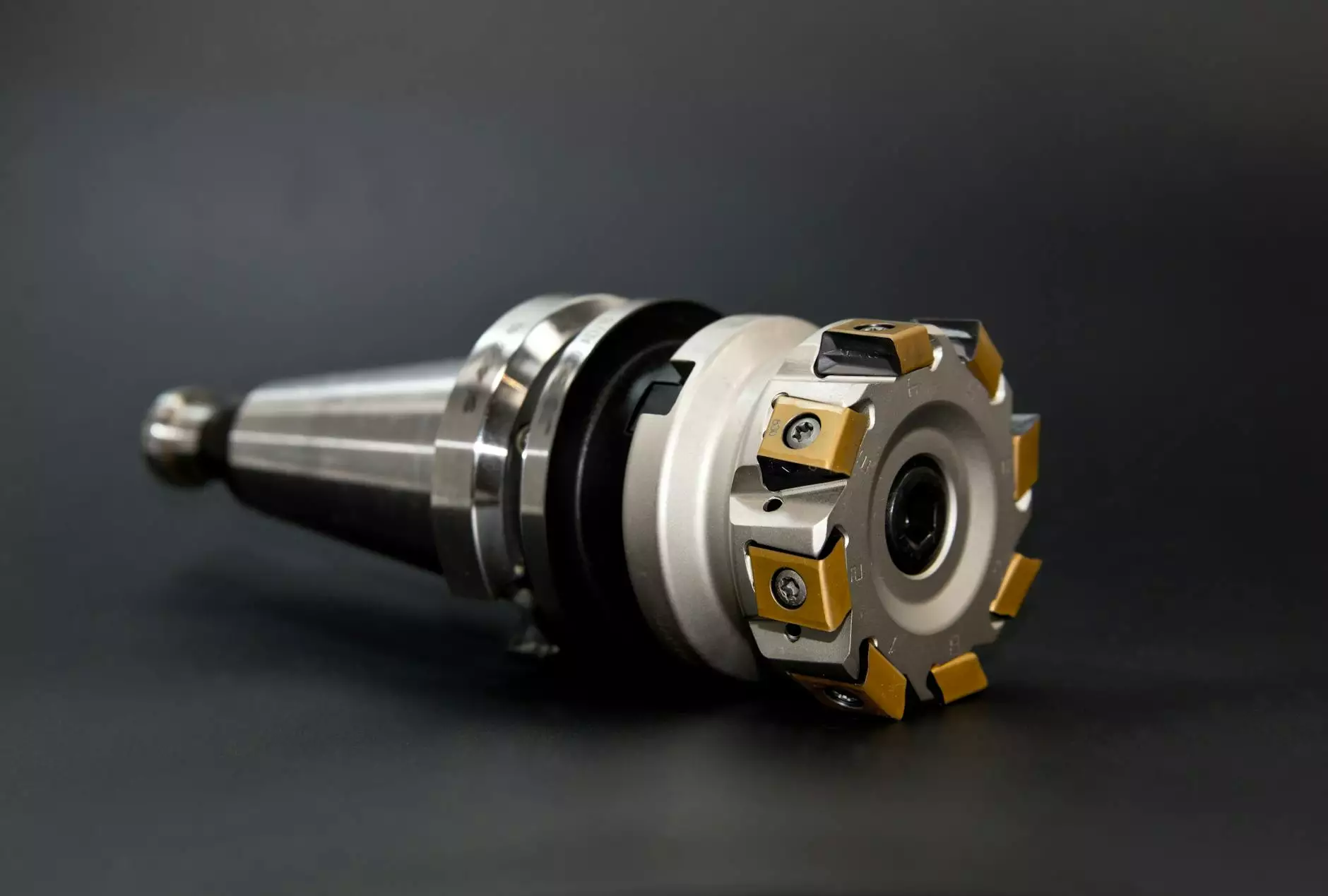The Comprehensive Guide to Car Braking Systems: Enhancing Safety and Performance

The car braking system is a crucial component of any vehicle, responsible for ensuring the safety of drivers and passengers. Understanding how this system works, its components, and maintenance practices can empower car owners to make informed decisions about their vehicles. This guide aims to provide an exhaustive resource on the car braking system, detailing its mechanics, types, and tips for optimal performance.
1. Understanding the Car Braking System
A car braking system is designed to slow down or stop a vehicle safely. The system converts kinetic energy into thermal energy through friction, effectively halting the car's motion. The main components of a typical braking system include:
- Brake Pedal: The component operated by the driver to engage the braking system.
- Master Cylinder: Converts the force from pressing the brake pedal into hydraulic pressure.
- Brake Lines: Transmit hydraulic fluid from the master cylinder to the brake calipers.
- Brake Calipers: Houses the brake pads and transforms hydraulic pressure into mechanical pressure.
- Brake Pads: Create friction against the brake rotors to slow down the vehicle.
- Brake Rotors: Discs that rotate with the wheels and are squeezed by the brake pads to stop the vehicle.
2. Types of Car Braking Systems
There are several types of car braking systems, each with unique mechanisms and applications:
2.1 Disc Brakes
Disc brakes are commonly used in modern vehicles, offering superior stopping power and heat dissipation. They consist of a disc (rotor) and a caliper that houses the brake pads. When engaged, the pads clamp onto the rotor, creating friction and bringing the vehicle to a stop.
2.2 Drum Brakes
Drum brakes utilize a drum-shaped component within which brake shoes are pressed against the drum's inner surface. Although they are less common in modern vehicles, they are still found in older cars and rear-wheel braking systems due to their compact design.
2.3 Anti-lock Braking System (ABS)
ABS is an advanced safety feature that prevents wheel lock-up during braking, maintaining steering ability. Sensors monitor wheel speed and adjust brake pressure accordingly to optimize stopping distance and control, especially on slippery surfaces.
2.4 Electronic Stability Control (ESC)
While not a braking system per se, ESC works in conjunction with brakes to improve vehicle stability during sudden maneuvers. It uses sensors to detect loss of traction and selectively applies brakes to aid driver control.
3. Key Components of a Car Braking System
Understanding the key components of a car braking system is vital for effective maintenance and repairs:
3.1 Brake Pads
Brake pads are essential for creating friction. The material composition can vary, with options including organic, semi-metallic, and ceramic. Regular inspection for thickness and wear is critical to ensure safety.
3.2 Brake Rotors
Brake rotors must be smooth and free of warping to work efficiently. Over time, they can develop grooves or become warped, necessitating resurfacing or replacement.
3.3 Hydraulic Fluid
Hydraulic fluid plays a crucial role in transmitting pressure to the brake components. It is important to regularly check the fluid level and replace it as recommended by the manufacturer to maintain braking performance.
4. Common Issues and Maintenance Tips
The car braking system can encounter various issues, often characterized by warning signs like squeaking, grinding, or reduced braking efficiency. Here are some common problems and maintenance tips:
4.1 Noise while Braking
Squeaking or grinding noises can indicate worn-out brake pads or rotors. Regular inspections can help catch these issues early, allowing for timely replacements to enhance performance.
4.2 Brake Fluid Leaks
Brake fluid leaks are dangerous and can lead to brake failure. If you notice fluid spots under your car or see low brake fluid levels, it’s imperative to have a professional inspect the system immediately.
4.3 Vibration During Braking
If you feel vibrations in the steering wheel or brake pedal while applying brakes, it’s often a sign of warped rotors. This issue typically requires resurfacing or replacing the rotors.
4.4 Regular Inspections
Routine inspections by a qualified mechanic can catch wear and tear before it becomes a safety concern. It’s advisable to have the braking system checked at least once a year or more frequently if you drive often in heavy traffic conditions.
5. Upgrading Your Braking System
Upgrading your car braking system can significantly improve safety and performance, especially for high-performance vehicles or cars used for towing:
5.1 Performance Brake Pads
Performance brake pads increase stopping power and thermal resistance, making them an excellent option for vehicles frequently driven in performance settings.
5.2 Upgraded Rotors
Aftermarket rotors, especially those designed for performance, can provide better heat dissipation and overall braking efficiency. Slotted or drilled rotors are options to consider for enhanced performance.
5.3 Complete Brake Kits
A complete brake kit includes pads, rotors, and sometimes calipers, designed to work in harmony for improved braking power. These kits often come engineered for specific vehicle models for maximum effectiveness.
6. Conclusion: Prioritize Your Safety with Your Car's Braking System
In conclusion, understanding the intricacies of the car braking system is essential for every vehicle owner. Regular maintenance and timely upgrades not only enhance the performance of your vehicle but also ensure the safety of yourself and your passengers. Always prioritize the health of your braking system by being vigilant about signs of wear and acting quickly when issues arise. With the right knowledge and care, you can keep your braking system performing at its best, no matter the driving conditions.
For top-quality auto parts and supplies, including components for your car braking system, visit imautoparts.com. We offer a wide range of products to meet all your automotive needs, ensuring safety and performance for every journey.









